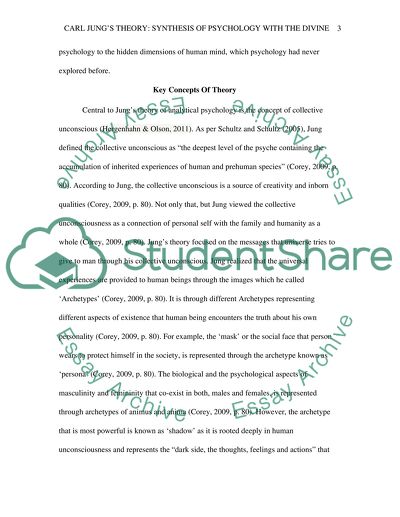Cite this document
(“Carl Jung's Theory: Synthesis of Psychology with the Divine Essay”, n.d.)
Retrieved from https://studentshare.org/psychology/1441986-jung-and-personality-theory
Retrieved from https://studentshare.org/psychology/1441986-jung-and-personality-theory
(Carl Jung'S Theory: Synthesis of Psychology With the Divine Essay)
https://studentshare.org/psychology/1441986-jung-and-personality-theory.
https://studentshare.org/psychology/1441986-jung-and-personality-theory.
“Carl Jung'S Theory: Synthesis of Psychology With the Divine Essay”, n.d. https://studentshare.org/psychology/1441986-jung-and-personality-theory.


